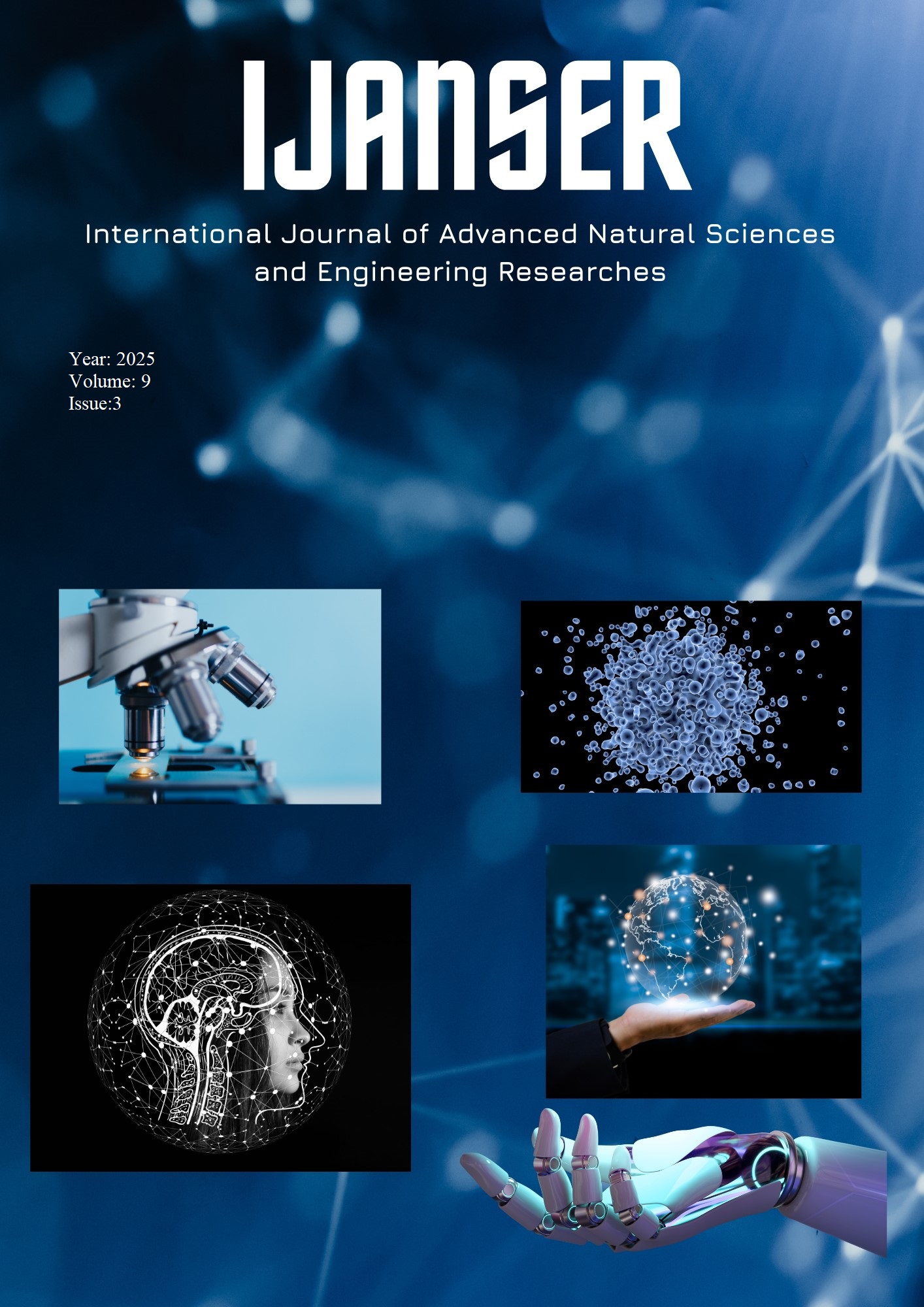Mycelium-Based Biocomposites: Sustainable Material Design with Lentinula edodes and Pleurotus ostreatus for the Construction Industry
DOI:
https://doi.org/10.5281/zenodo.15038430Keywords:
Mycelium, Lentinula Edodes, Pleurotus Ostreatus, Biocomposite, Sustainability, Construction MaterialAbstract
Global climate change, depletion of natural resources, and waste management challenges have
heightened the need for eco-friendly materials in the construction sector. Mycelium (the filamentous
structure of fungi), which binds agricultural or industrial waste, offers the potential to produce lightweight,
highly insulative, and biologically degradable composite products. In this study, we examine the production
stages, physical and mechanical properties, and prospective applications—primarily in construction but
also in fields such as insulation, decorative elements, and temporary structures—of mycelium-based
biocomposites derived from Lentinula edodes and Pleurotus ostreatus. The findings reveal several
advantages rooted in high porosity, including effective thermal and acoustic insulation, a low carbon
footprint, and light weight, accompanied by certain limitations such as water sensitivity and somewhat
restricted mechanical strength. Nevertheless, it is understood that with suitable surface coatings, flame
retardant additives, and automation-assisted production processes, these challenges can be significantly
overcome, indicating that mycelium-based composites may provide critical contributions to the quest for
sustainable materials.
Downloads
References
Alaneme, K.K. et al. (2023). Mycelium based composites: A review of their bio-fabrication procedures, material properties and potential for green building and construction applications. Alexandria Engineering Journal, 83, 234–250.
Zhang, X., Hu, J., Fan, X. & Yu, X. (2022). Naturally grown mycelium-composite as sustainable building insulation materials. Journal of Cleaner Production, 342, 130784.
Elsacker, E., Søndergaard, A., Vandelook, S., Brancart, J., Peeters, E. & De Laet, L. (2021). Applications and growth of fungal mycelium-based materials in architecture and design. Frontiers in Materials, 8, 1–24.
Kırdök, O., Toker, S.K., Kıvrak, O., Altun, T.D. & Hameş, E.E. (2024). Comparative Analysis of Mycelium Biocomposites as Potential Next-Generation Green Building Materials. Mantar Dergisi, 15(Special issue), 7–17.
Walter, N. & Gürsoy, B. (2022). A study on the sound absorption properties of mycelium-based composites cultivated on waste paper-based substrates. Biomimetics, 7(3), 100.
Sarıay, E., Cörüt, A. & Büyükakıncı, B.Y. (2023). Miselyum kompozitlerinin sürdürülebilir yapı malzemesi olarak kullanımı. Mehmet Akif Ersoy Üniversitesi Fen Bilimleri Enstitüsü Dergisi, 14(1), 196–207.
Mertoglu, Ş., Karaca, C. & Karaca, G. (2023). Use of fungi in sustainable product design. [Conference presentation].
Alemu, D., Tafesse, M. & Deressa, Y.G. (2022). Production of Mycoblock from the Mycelium of the Fungus Pleurotus ostreatus for Use as Sustainable Construction Materials. Advances in Materials Science and Engineering, 2876643, 1–12.
Bıyık, H.H. & Özgür, A. (2024). Bazı mantar miselyumlarından yalıtım malzemesi üretimi üzerine bir araştırma. Mantar Dergisi, 15(Özel sayı), 73–82.
Kutbay, N.H., Yavuzcan, H.G. & Aktaş, S. (2022). Mantarın bağlayıcı olarak kullanıldığı bir kompozit malzemenin üretilmesi ve tutuşma süresi ile su alma özelliklerinin tespiti. Politeknik Dergisi, 25(4), 1701–1711.
Appels, F.V.W., Camere, S., Montalti, M., Karana, E., Jansen, K.M.B., Dijksterhuis, J., Krijgsheld, P. & Wösten, H.A.B. (2019). Fabrication factors influencing mechanical, moisture and fire properties of mycelium-based composites. Materials and Design, 161, 64–71.
Islam, M.R., Tudryn, G., Bucinell, R., Schadler, L. & Picu, R.C. (2017). Mechanical and thermal characterization of mycelium-based bio-composites. Proceedings of the Institution of Mechanical Engineers, Part L: Journal of Materials: Design and Applications, 231(2), 446–455.





